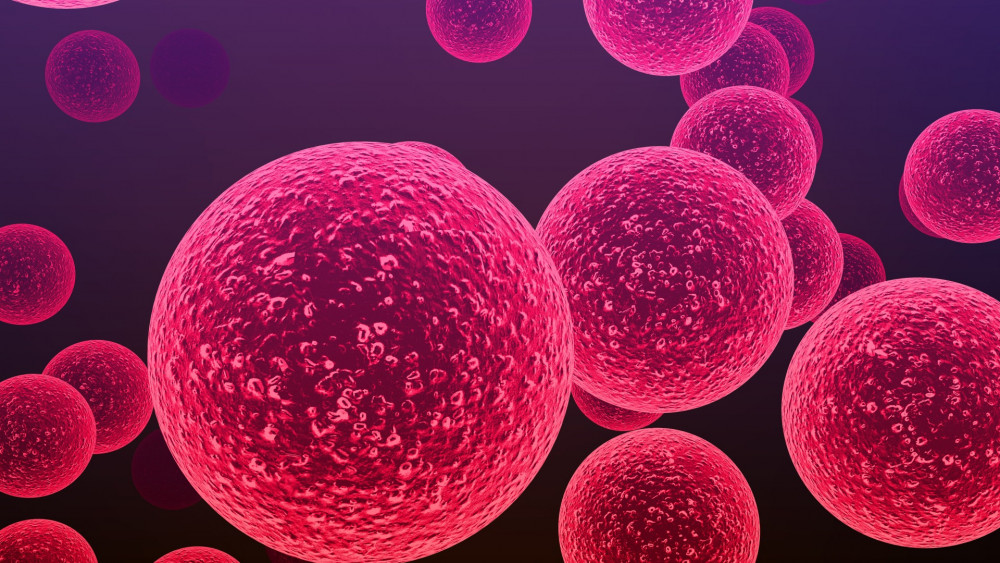The so-called flesh-eating bacteria is becoming more common in the Netherlands. That’s what experts from burn center Beverwijk say. “We suspect that there were twice as many cases nationwide last year,” says pediatric and burns surgeon Annebeth de Vries of the Red Cross Hospital, as the center is officially called. “But absolute numbers are small and it remains rare. We especially want more awareness among doctors.”
It concerns the so-called Necrotising Soft Tissue Infection (NWDI). An infection caused by a bacteria. It can cause serious tissue infection, often resulting in large wounds. People can already contract it with a small and innocent wound, for example caused by punches. “But in thirty percent of the cases it is not even an open wound,” explains De Vries. “It can also just arise subcutaneously, without a clear reason. It is then just a bad luck moment, for a bad luck person.”
In the burn center they see a relatively large number of patients with NWDI. This has to do with the fact that part of the treatment is very similar to burns treatment and this can of course be carried out well in Beverwijk. The hospital had twenty patients with NWDI last year, more than three times as many as before.
“But we also hear from colleagues that they have more NWDI patients. But the numbers remain small. We suspect that there has been a doubling nationally: from a few hundred cases, to twice a few hundred cases. So it remains a rare disease and we do not want to worry people unnecessarily,” says the pediatric and burns surgeon.
The experts at the burn center suspect that corona and the associated measures have caused an increase in NWDI. De Vries: “Because we have been in less contact with each other, the immune system has probably changed somewhat and may have become lazier. More people are now getting sick from the virus.”
The infection can become dangerous
Although the numbers are still relatively small, the disease itself is serious. It is even life-threatening. “It can be treated well in itself,” explains De Vries. “But it has to be done quickly because the infection can spread considerably in twelve hours and then it can become dangerous.”
“The problem is that GPs have little to do with it and may therefore not be the first to think about it. Nobody can be blamed for that. But it is now more common. We would like to ensure that doctors get to the point a little earlier. possibility of NWDI thinking. It’s about that awareness.”
If there is a threatening infection, surgery must be performed. The affected tissue must be removed and the patient given a course of antibiotics. In Beverwijk they often come into the picture afterwards. If in the second phase the infection is under control and a reconstruction operation of the wound follows. Although the hospital also received a patient last week who had to be operated immediately because the infection was still there.
Duty to report
Although most do not have exact figures, other hospitals in North Holland also say they are seeing an increase in the number of patients with NWDI. RIVM has recently become obliged to report all diseases caused by group A streptococci, which include NWDI. At the burn center they hope that this will lead to fewer injuries and deaths in the long term.


